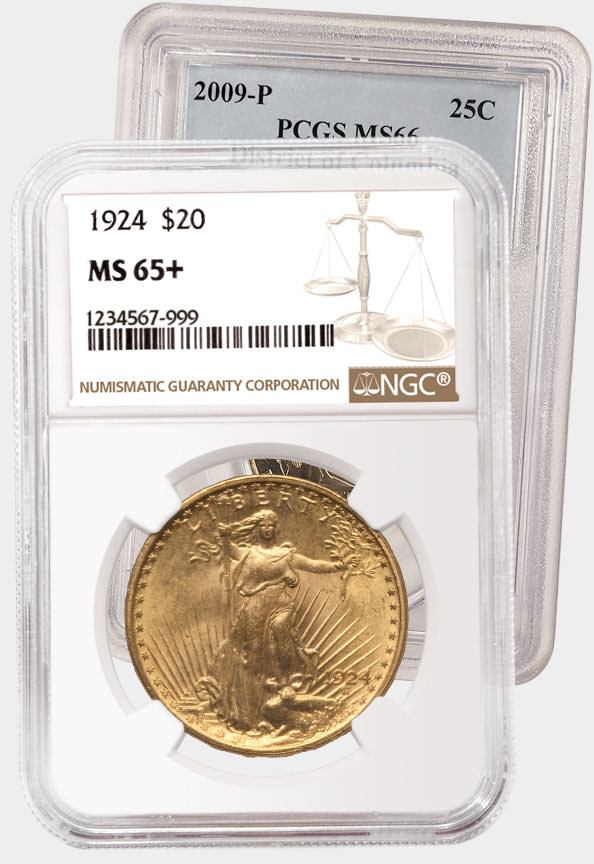Chinese Coins: From the Beginning, with Marty Weiss
Posted on 2/11/2020
By
Peter Anthony
“That’s nuts.” I had just run another brainstorm about coins by my friend Marty Weiss. He and I are always batting around ideas for numismatic projects. Sometimes we both like them. Other times it is back to the drawing board. Sometimes he replies, “That’s nuts.”
Those are not nuts to laugh at when it is Marty Weiss who passes judgement on a coin concept. This is the guy who started Panda America with a single employee and turned it into the largest seller of Panda coins in the world. He is the one who walked into a Hong Kong, China airport bookstore and walked out with the idea that became the famous “Inventions and Discovery of China” coin series. (Speaking of which, in the following conversation, Marty talks about how that series produced China's rarest modern coin issues.)
“In the '90s the market got worse and worse and worse. By the time 1995-1996 rolled around, no one was interested in gold; they were interested in the stock market. You had gold at $275, $300; it was only going down. Then, to top it all off, the guy from England, Gordon Brown, sold half their gold between 1999 and 2002. That really killed the market. Gold went down to around $250. Brown sold at the bottom ... and created a big bottom! After that it started going up and up.
“It’s a very active market now, but in those days it was a struggle. You know, all the mushroom dealers disappeared. The mushroom dealers come when there is lots of rain, lots of activity. As soon as it slows up, they disappear. But there’s a certain core of distributors who are always there. Come rain or shine, they are always in business. In the precious metal business, there are serious periods of drought — and periods of seriously hot markets.
“So, it makes things really interesting. How you survive a dull market is by being creative, by coming out with interesting products. That was the secret of the China Mint. Instead of two or three big mintages, they had over a hundred different products in the mid-'90s. I counted one time and it was like 124 new issues in one year. But they were all small. You had the platinum IDOCs (Inventions and Discoveries of China) with a hundred pieces of a quarter-ounce platinum coin. Now those coins are worth a fortune!
“In those years, both MDM in Germany and I and the other distributors developed our own Chinese coin programs (Writer’s note: this type of arrangement with China Gold Coin ended in 2000). One of my major programs was the Inventions and Discoveries of China (the IDOC). MDM became my sub-distributor over there. They primarily sold through subscription programs. Every couple of months, you got a new coin. They were mainly interested in the silver coins of the program and they did a fantastic job of selling thousands and thousands of the five different coins that came out every year.
“They also needed some specialized coins smaller than the crown-size (similar to a 1 oz coin) for their marketing. So, we made half-dollar, or what we called the 3 Yuan size coins. They would use those for name acquisition, to attract new customers, because the coins were so inexpensive. That would get people interested in the series and the smaller coins had the same topic as the larger coins. I had those coins designed specifically for their market in Europe.
“The first was the invention of money. It had the ancient bronze coins on it. The second was the invention of paper money. The third one a 1 oz. silver with a design of the three immortals of China: Fu, Lu and Shou: fortune, prosperity and longevity. They used those coins successfully to get people interested in the total program.
 |
| Martin Weiss along with the pair of 1-kilogram gold coins struck for the Inventions and Discoveries of China series: the Seismograph (above) and the Compass (below) |
“The lowest mintage IDOCs were the (1992) gold kilos. They only made two kinds. They were supposed to make all five. They only made, like, five of the Compass (coins). They didn’t make the full issue. We wanted to distribute them one after another. The mint was having problems with the dies breaking. They didn’t have a lot of ... actually, they had no experience at that time with striking kilo gold coins. So, there were problems. Anyway, they did the Compass and had problems and then they started striking the Seismograph. They only struck three of the Seismograph and then the dies broke and that was it. I kept one for myself and sold it for $40,000. Later, it brought $1.03 million at auction—although it wouldn't bring that today.”
Marty looks at me and chuckles at the recollection. The subject then shifts to projects he did with the Singapore and Perth Mints. But those are stories to share another time.
Peter Anthony is an expert on Chinese modern coins with a particular focus on Panda coins. He is an analyst for the NGC Chinese Modern Coin Price Guide as well as a consultant on Chinese modern coins.
Stay Informed
Want news like this delivered to your inbox once a month? Subscribe to the free NGC eNewsletter today!
